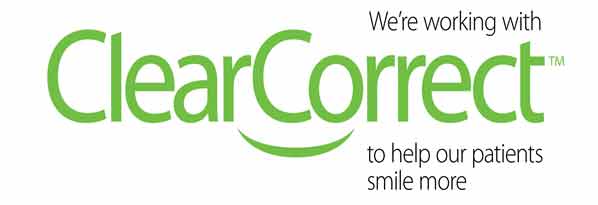Who doesn’t love a bright and confident smile? Everyone does. However, you need to understand that getting an orthodontic treatment is not just for aesthetics alone. It can help you manage your oral care properly and sets you for a better future. When you’re looking to align your tooth, you’ll end with two options; braces and Invisalign. These are just tools where orthodontists choose one over the other depending on the complexity of the problem.

Your tooth doesn’t know the difference between Invisalign and braces; however, why orthodontists recommend one over the other? What is the difference between these two? We have all the answers that you’re looking for.
-
When it comes to maintaining your oral hygiene and moving your teeth faster, Invisalign is often the preferred treatment option for most of your dental issues like gum tissue inflammation, open bites, and minor crowding. If you’re an adult who prefers a shorter treatment period with minimum visits, you can go for Invisalign for it requires 15 minutes of your time.
-
Traditional braces are great for patients who struggle with extreme deep bites, large spacing, and bites requiring large root movements such as extractions. A standard adjustment with braces takes about 30 minutes, and you need to visit the dentist every 4-8 weeks. Maintaining oral hygiene is more challenging with braces, and patients should work with their orthodontic dentist to ensure they’re brushing and flossing the right way.
-
In most cases, the patient becomes exhausted with the treatment and stops wearing elastics or Invisalign trays. It happens when they have been in the treatment for a longer term like 1-2.5 years. When they stop wearing their trays, the treatment becomes ineffective. However, with braces, if a patient stops wearing their elastics for a few days, you may see only a slight change, with smaller adjustments, they can be fixed back. It is why orthodontists often recommend braces in several complex cases.
-
With Invisalign, the trays are easy to remove and are easier to clean. If you’re concerned about your look, these are hardly noticeable. All it takes are 2-3 appointments with the dentists, and you must wear trays for at least 22 hours per day. It is recommended for minor tooth rotations and tipping movements. The only disadvantage of using Invisalign is, the patients may feel a slight slip while speaking.
-
As with traditional braces, the metal brackets are bonded to the teeth, so cleaning can be difficult. Things like metal wires poking gums, braces becoming loose during the treatment may happen.
-
With Invisalign, though it is comfy for you to eat, talk and you will be more prone to teeth cavities. With braces, your orthodontist will instruct the right way to clean under wires and around the metal brackets.
For adults, Invisalign is often the best option, because it’s invisible, you’ll see the results in few appointments and require only a few visits.
Bottom Line
To conclude, it is difficult to say, which treatment would be more efficient for you without a dentist’s consultation. However, everyone’s needs are different, so you’ll have to work with your orthodontist to suggest the best treatment plan for you.
Whether you’re trying to choose what kind of treatment plan is best for you, be sure to consult your orthodontist and your Dentist Bundoora at Greenwood Plenty Dental Care and schedule an appointment with us on (03) 9466 7843 today.








